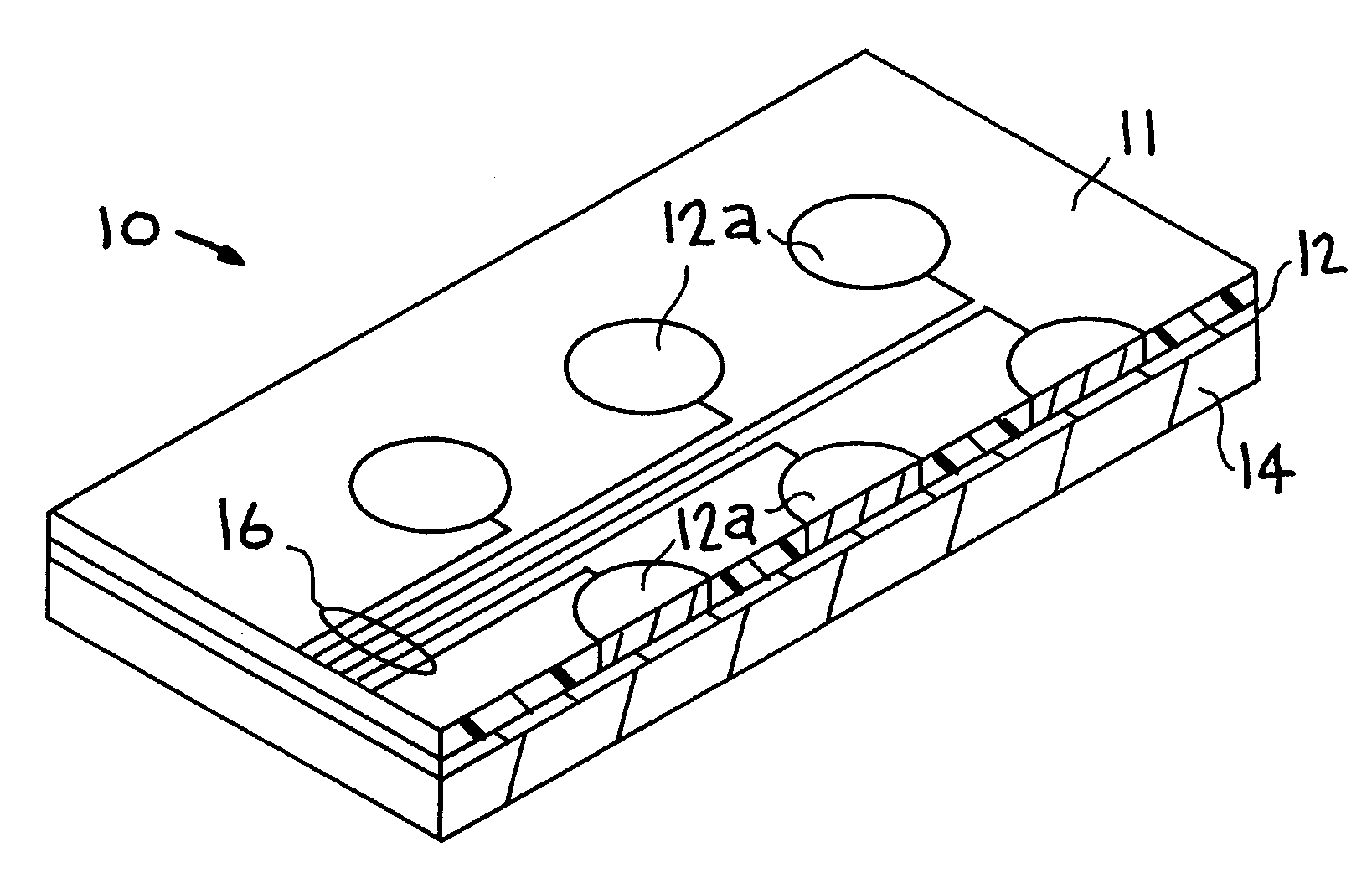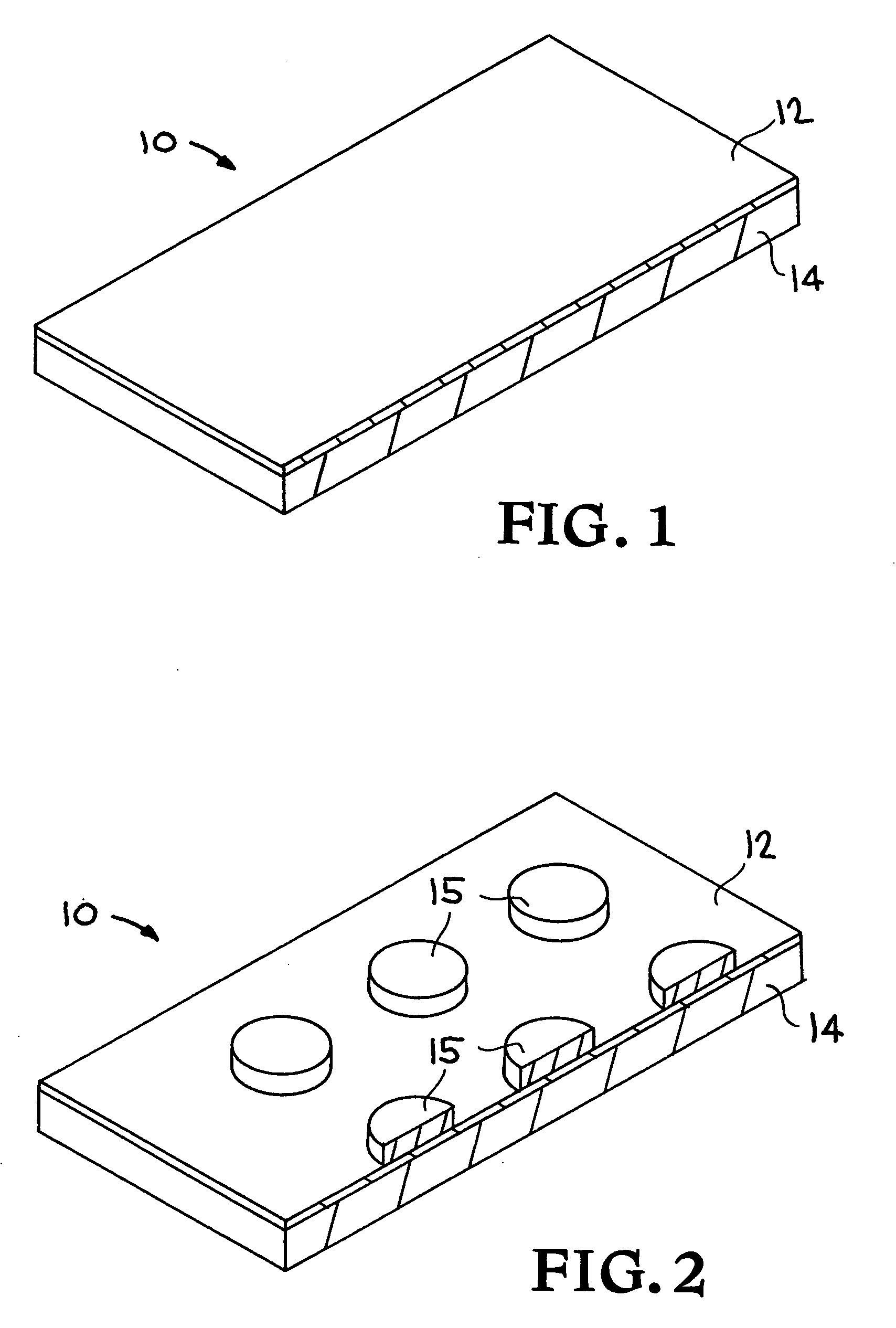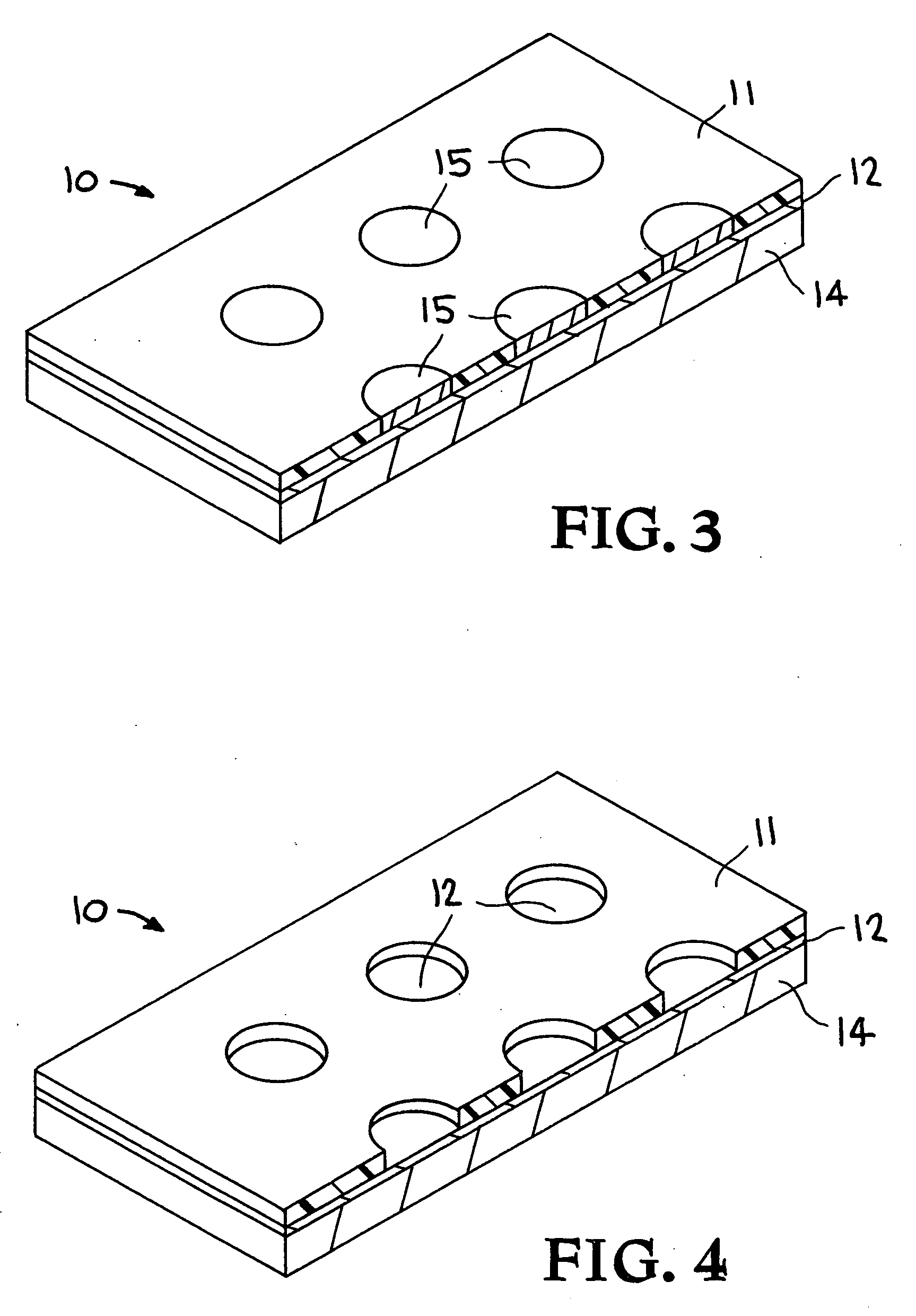Flexible electrode array for artificial vision
a flexible electrode array and artificial vision technology, applied in the field of electrodes, can solve the problems of inability to apply the knowledge in the long-term, unfavorable, and difficult selection of appropriate nerve fibers to stimulate to produce formed vision,
- Summary
- Abstract
- Description
- Claims
- Application Information
AI Technical Summary
Benefits of technology
Problems solved by technology
Method used
Image
Examples
Embodiment Construction
[0029] Referring now to the drawings, to the following detailed information, and to incorporated materials; a detailed description of the invention, including specific embodiments, is presented. The detailed description serves to explain the principles of the invention. The invention is susceptible to modifications and alternative forms. The invention is not limited to the particular forms disclosed. The invention covers all modifications, equivalents, and alternatives falling within the spirit and scope of the invention as defined by the claims.
[0030] The present invention provides an electrode array for artificial vision and a system that can be attached to the skin, can be implanted, and has many other uses. In one embodiment an electrode array is provided utilizing a substrate made of a compliant material. Electrodes and conductive leads are embedded in the substrate. The fact that the device can conform to various shapes is advantageous. In one embodiment an electrode array is...
PUM
| Property | Measurement | Unit |
|---|---|---|
| RF power | aaaaa | aaaaa |
| temperature | aaaaa | aaaaa |
| temperature | aaaaa | aaaaa |
Abstract
Description
Claims
Application Information
 Login to View More
Login to View More - R&D
- Intellectual Property
- Life Sciences
- Materials
- Tech Scout
- Unparalleled Data Quality
- Higher Quality Content
- 60% Fewer Hallucinations
Browse by: Latest US Patents, China's latest patents, Technical Efficacy Thesaurus, Application Domain, Technology Topic, Popular Technical Reports.
© 2025 PatSnap. All rights reserved.Legal|Privacy policy|Modern Slavery Act Transparency Statement|Sitemap|About US| Contact US: help@patsnap.com



